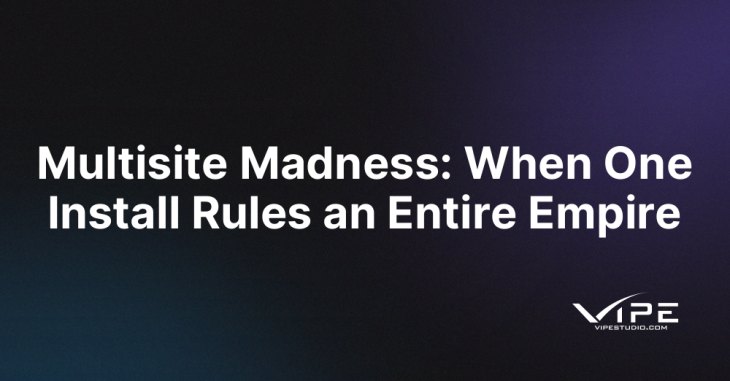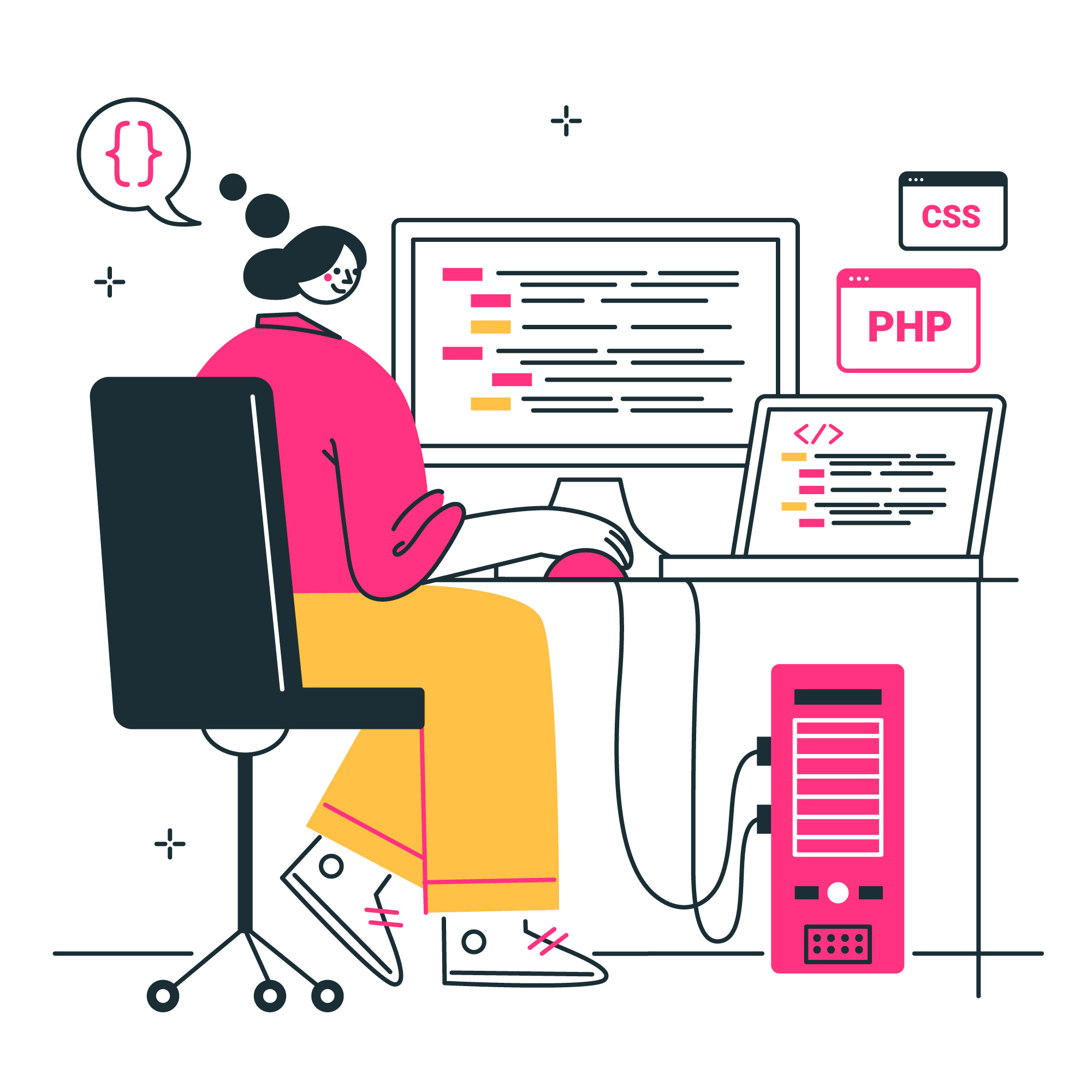Multisite Madness: When One Install Rules an Entire Empire

READING TIME: MIN
Introduction: Understanding WordPress Multisite
WordPress Multisite is a powerful feature that allows a single WordPress installation to host multiple sites under one roof. While it can simplify management and create economies of scale, it also introduces a layer of complexity that can overwhelm even experienced developers. This article explores the structure, benefits, challenges, and best practices for running a WordPress Multisite network, approaching it as both a technical tool and a strategic infrastructure choice.
How Multisite Works
At its core, Multisite shares a single codebase and database while allowing for multiple site instances. Each site can have its own domain or subdomain, themes, and users, yet they all rely on a central WordPress installation. This architecture enables administrators to maintain consistency across many sites while reducing repetitive setup and maintenance tasks.
For organizations considering scaling operations, consulting using a WordPress agency for initial configuration can ensure proper network setup, permissions, and security practices from the start.

The Benefits of Multisite
Multisite offers several strategic advantages:
- Centralized Management: Update plugins, themes, and core files across all sites simultaneously.
- Shared Resources: Reuse themes and plugins, reducing storage and maintenance costs.
- Streamlined User Management: Administrators can manage users across the entire network with roles and capabilities tailored to each site.
- Scalability: Ideal for franchises, universities, or large organizations managing multiple microsites or landing pages.
Challenges and Risks
Despite its strengths, Multisite introduces risks that require careful planning:
- Complex Backups: A single point of failure can affect the entire network.
- Plugin and Theme Conflicts: Some plugins may not be Multisite-compatible, causing unexpected behavior.
- Security Considerations: A compromised site can jeopardize the entire network.
- Performance Bottlenecks: Resource-intensive plugins or traffic spikes on one site can impact others.
Network Administration Best Practices
Running a successful Multisite network requires deliberate strategy:

- Use strong network-level roles and permissions to prevent accidental changes.
- Enable caching and optimize database queries to handle traffic across multiple sites.
- Audit plugins and themes to ensure they are fully Multisite-compatible.
- Regularly perform network-wide backups with tested restore procedures.
Content Strategy Across Sites
Managing content in a Multisite network is both an opportunity and a challenge. Organizations can standardize messaging while allowing for local adaptation. For example, a university network can maintain a consistent brand but allow individual departments to control their content. Coordination and editorial oversight are key, as content duplication or inconsistent updates can confuse audiences.
Security Considerations
Security is paramount in a Multisite environment. Administrators must monitor vulnerabilities, enforce strong passwords, and ensure SSL and firewall protections are active. User access should follow the principle of least privilege, and administrators may periodically consult a WordPress support service for audits and guidance.
Scaling a Multisite Network
Scaling requires attention to hosting infrastructure, database optimization, and caching strategies. High-traffic networks often benefit from dedicated servers, load balancing, and object caching with Redis or Memcached. Monitoring tools provide insights into performance bottlenecks and guide resource allocation. Scaling is not just a technical challenge but a strategic one, as network growth impacts editorial workflows, branding, and user management.

Case Studies of Multisite Success
Examples demonstrate Multisite’s versatility:
- Global franchises managing regional microsites with consistent branding.
- Universities with separate department sites sharing themes and plugins.
- Non-profits coordinating multiple projects under one digital umbrella.
Each scenario showcases the balance between centralized control and localized autonomy, a central tenet of effective Multisite management.
Conclusion: Mastering the Multisite Mindset
WordPress Multisite is more than a technical feature-it represents a philosophy of centralized efficiency coupled with distributed creativity. Organizations that master the balance between control, autonomy, and scalability can leverage Multisite to amplify their digital presence while maintaining governance and security. Success requires careful planning, continuous monitoring, and strategic use of plugins, themes, and infrastructure to harness the full potential of this complex yet rewarding architecture.

Key Takeaways
- WordPress Multisite enables centralized management of multiple sites from one installation.
- It offers scalability, shared resources, and streamlined user management.
- Challenges include security risks, plugin conflicts, and performance bottlenecks.
- Best practices involve backups, network-level permissions, caching, and audits.
- Strategic content planning ensures consistency while allowing localized autonomy.
- Successful Multisite networks require both technical mastery and organizational governance.

